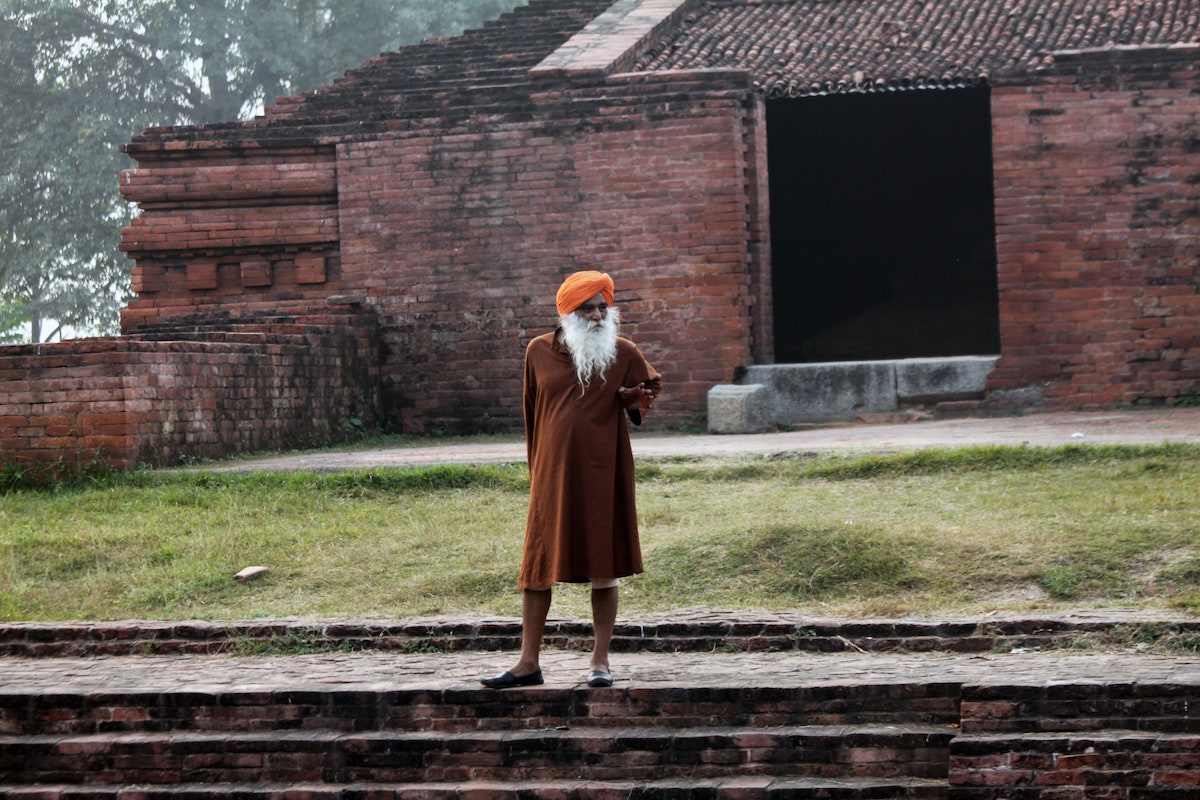
Cannabis in India

![]() Although cannabis is currently illegal in India, it has a long history of widespread use.
Although cannabis is currently illegal in India, it has a long history of widespread use.
It’s been an essential ingredient in Ayurveda, an ancient and holistic system of medicine, for thousands of years. An article in India Today cites the 4,000 year old Bhaishajya Ratanavali, a compilation of Ayurvedic formulas that mentions cannabis as a healing aid for a number of conditions, including epilepsy and multiple sclerosis.
It is also commonly used in religious rites and rituals, including yoga.
According to the Vedas, cannabis is one of five sacred plants put here by the gods, and an angel lives in its leaves. It’s been called a source of happiness, the joy-giver and has been noted for its ability to ease anxiety, pain and insomnia.
Cannabis was most likely first cultivated in Central Asia, and from there it made its way south into India, where it has become part of Hindu mythology and cultural practice. An article in Live Science states it was one of primitive man’s first cultivated crops.
Even today, its use is permitted during Holi, the sacred spring festival, or “festival of colors.” And bhang shops selling a milkshake like drink made from cannabis, almonds, cloves, cinnamon and other spices, are common in some Indian cities.
The god, Shiva, is most often linked to the plant – and the drink. According to legend, after an argument with his family, Shiva fled into the forest where he fell asleep under the shadow of a leafy green cannabis plant. He woke up and decided to sample the leaves, which rejuvenated him. Since then, Shiva has been known as the Lord of Bhang and is frequently depicted drinking the nectar.
Bhang and smoking is prevalent among some Sadhu sects and yogis. Sadhus – or sadivins as the women are called — wander the countryside, living on alms and renouncing worldly possessions. They’ve devoted their lives to the service of others, acts of self-purification, pilgrimages, and the study of sacred texts. For many of them, cannabis is part of their regular religious ritual.

Generally, when talking about the connection between India and cannabis, it’s not really India’s long history with the plant that’s in question, but whether that history justifies its use while practicing yoga in the U.S.
Detractors claim Indian and American cultures are so different that a comparison can’t really be made.
There’s some truth to that. We have nothing like the Sadhu culture in America. Most American yogis drive in their cars to and from classes and probably have a job as well.
American misinterpretations about Indian culture can be easy to make. One example would be hot-yoga. When I first discovered these yoga classes that take place in what feels like a steam room, I was also told that they began as a way to mimic the climate in India. Since India is a hot, humid country — and the place where yoga originated — it seemed to make sense that the heat would help the muscles relax and become more supple.
However, when I lived in India, and had conversations with friends who practiced yoga, they were incredulous. “The only reason we practice in the heat and humidity is because we don’t have air conditioning,” I was told. If they could afford it, every yoga class in the country would be comfortably cool – except the Sadhus, of course, for whom self-deprivation is a lifestyle.
A common argument against using cannabis during yoga is that cannabis creates “maya,” or the veil of illusion. It’s substituting a substance for enlightenment that can only be developed through practice and self-awareness.
Defining maya can be problematic. The word occurs frequently throughout the Hindu Vedas and later in the Rig Veda, but with different meanings and interpretations. Nowhere does it link maya to cannabis use. In fact, it doesn’t seem to be a word that carries judgment at all. We bring the judgment to it.
It could also be argued that many things contribute to maya, including toxic emotions like self-righteousness, judgment or anger. True enlightenment only comes with practice and self-awareness. Whether or not you use cannabis is irrelevant. Some may feel cannabis strips away the veil rather than contributing to it.
There are definite pluses to practicing yoga while high. Physically, it can loosen a person up and help them relax into difficult poses. Mentally, it may also help some people focus and concentrate.
Perhaps one way of staying true to Hindu philosophy, even if you’re not a Hindu, would be to let go of the question of whether or not to use cannabis while practicing yoga; quit the debate and let the individual decide for him or herself. There are so many options for yoga today that, high or not, you should be able to find a practice that suits your lifestyle.
Namaste.


Leave a Reply